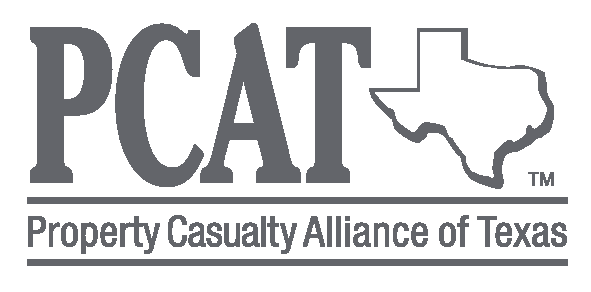School Security on Election Day: Best Practices for Polling Place Safety
Schools often serve as polling places during elections, which presents unique safety challenges. While supporting the election process is important, ensuring the security of students and staff remains the top priority. By coordinating closely with election officials and implementing key safety protocols, schools can strike a balance between facilitating voting and maintaining a secure environment. Below are practical steps schools can take before, during, and after polling day.
Key Pre-Election Preparations
To ensure smooth operations on election day, schools must make careful preparations. Some essential steps include:
Coordinating with Election Officials: Schools should communicate with the county clerk’s office to determine which parts of the campus will serve as polling locations. If necessary, consider using alternative areas like portable buildings or sections of the campus not in use by students.
Early Communication: Notifying parents and staff about election day activities is crucial for maintaining transparency and minimizing disruption. Schools should send out early communications via email, websites, and parent newsletters, informing them that elections will be taking place.
Securing Polling Areas: To maintain security, schools must separate voting areas from classrooms and other spaces where students will be present. Restrict access to non-voting areas to minimize interactions between voters and students, and provide clear signage to guide voters to designated entrances.
Working with Local Law Enforcement: Schools should alert local police or school-based law enforcement about election activities to ensure additional patrols and rapid response capabilities. Increasing law enforcement presence on election day can help deter any potential threats.
Maintaining Security During Polling
On the day of the election, maintaining a heightened level of security is essential. Schools should assign staff to monitor entrances and voter movement. Additional considerations include:
Monitoring for Suspicious Activity: Schools should encourage staff and volunteers to remain alert for any suspicious behavior, including unfamiliar vehicles, packages, or people near the campus. Unattended items, particularly near voting areas, should be treated with caution.
Controlling Access: Only election officials and authorized personnel should be allowed in voting areas. Schools should restrict voter access to restrooms and side entrances to prevent unauthorized movement within the building.
Emergency Preparedness: Poll workers should be briefed on the school’s emergency protocols, such as lockdowns, evacuations, and how to respond to potential threats. This ensures a coordinated response in case of emergencies during polling.
Post-Election Security Checks
After the polls close, schools must continue to prioritize safety. Steps to take after the election include:
Campus Inspections: Before classes resume the following day, school administrators should assign teams to inspect the campus for any suspicious objects or security concerns that may have arisen during the election.
Removal of Election Materials: Schools should coordinate with the county clerk’s office to ensure all polling equipment is removed promptly and that campaign signs are taken down in a timely manner.
Balancing Access and Safety
Ultimately, schools play an important role in the democratic process by serving as polling places. However, they must ensure that the safety and well-being of their students and staff remain a top priority. By following these best practices and coordinating with local election officials and law enforcement, schools can strike a balance between maintaining a secure environment and supporting the electoral process.
For more insights on enhancing campus security, contact PCAT today.
